A lot of users complain of their Windows 11 PC becoming sluggish. It could be over a period of time or completely out of the blue. Either be the case, it’s fairly easy to improve the system performance with a bunch of simple fixes.
A sluggish computer isn’t as effective. But Windows computers aren’t meant to slow down over time, a common misconception amongst the users. Whenever you notice your system lagging or apps taking longer to launch, there are specific reasons behind it. These could be anything from low system storage, too many startup programs or background apps and services.
Since we are not dealing with an error, there’s no one specific fix. Your system could be slow and lagging due to a bunch of reasons. Hence, you would have to execute a bunch of fixes in order to achieve an optimal system performance.
1. Restart the Computer
This is a temporary fix for the problem but will come in handy when you are unable to execute the other fixes due to the sluggish performance. When you restart the computer, its performance considerably improves.
Also, you can use this as a fix in critical situations where time is of paramount importance. Simply restart the computer and finish the task at hand.
2. Run the Performance Monitor
A built-in tool in Windows, the Performance Monitor, allows you to diagnose the system performance and identify the apps or programs that are slowing down the system. The app does a lot more but here we will focus on this aspect. You can explore the other features at your convenience to make the most out of the built-in tool.
Note: This is not a fix per se, but will help you formulate a strategy in order to optimize system performance.
To run the Performance Monitor app, press WINDOWS + S to launch the ‘Search’ menu, type for ‘Performance Monitor’ in the text field at the top, and click on the relevant search result to launch the app.

In Performance Monitor, click on ‘Data Collector Sets’ in the navigation pane on the left.
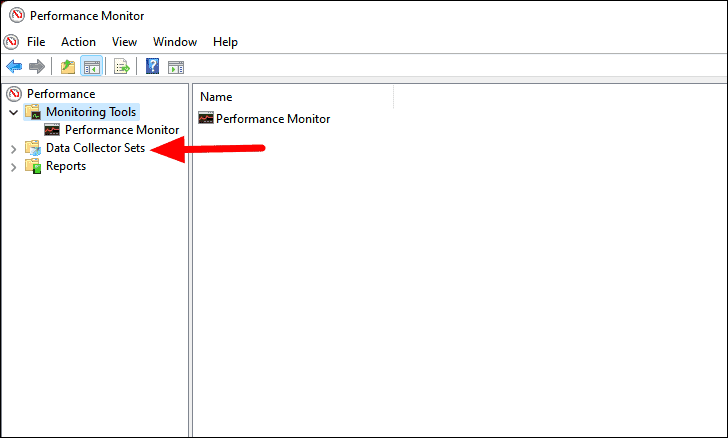
Next, double-click on ‘System’ in the list of options on the right.
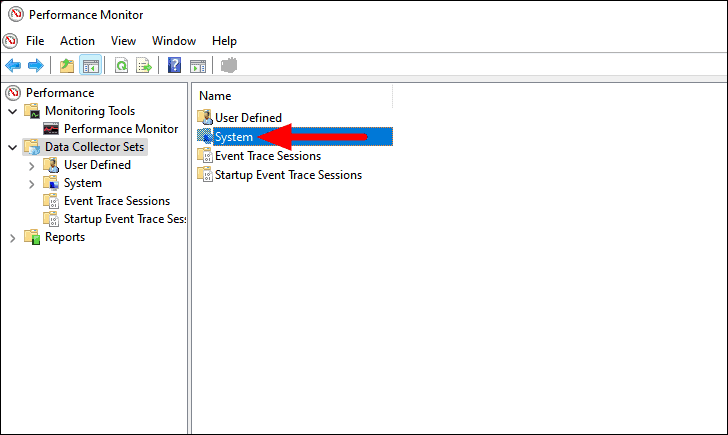
You would now find two options, System Diagnostics and System Performance. Right-click on ‘System Performance’ and select ‘Start’ from the context menu.
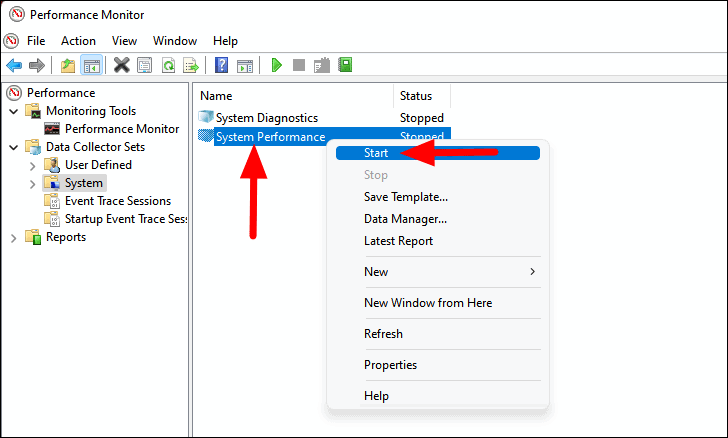
The tool will now run a performance test assessing how the various apps, processes, and services impact the system. It will be a short process, around 60 seconds for the test and another couple of seconds to compile the results. The current status of the test will be listed under the ‘Status’ column.
After the test is complete, select ‘Reports’ from the navigation pane on the left and then double-click on ‘System’ on the right.
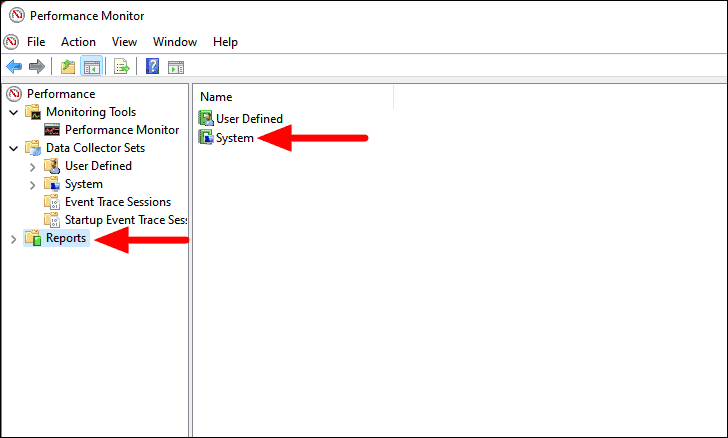
Next, select ‘System Performance’ since we ran a performance test earlier.
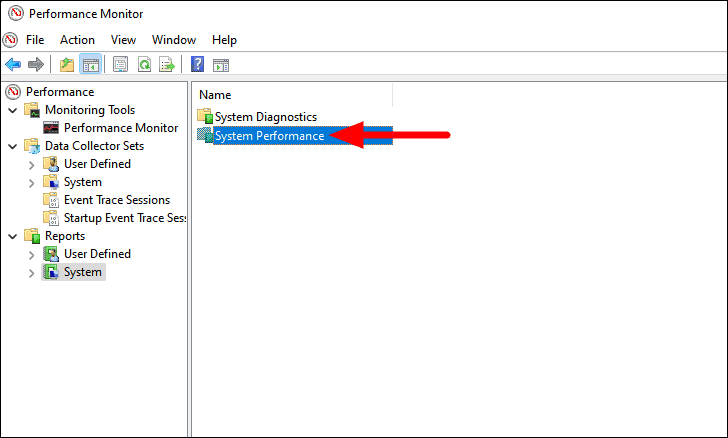
If you have run the test earlier, you will find all the reports listed here with the date and time for each mentioned under the ‘Date’ column. Select the one for the test that you run earlier.
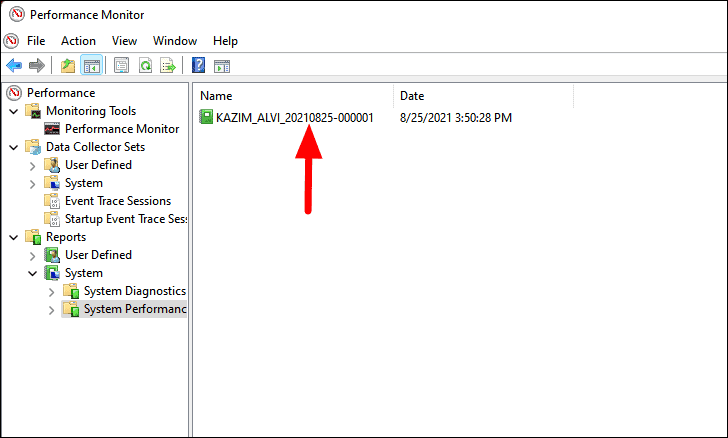
For those who are not fairly acquainted with the various processes, refer to the ‘Summary’ section to identify which process is consuming the maximum system resources. It will be mentioned next to ‘Top Process Group’.
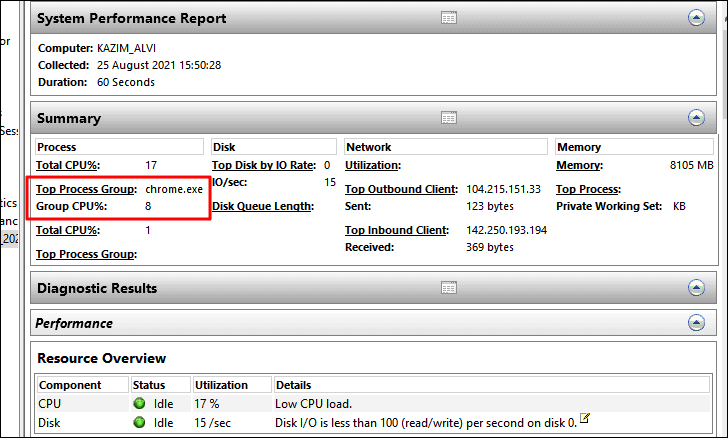
You can also see the detailed report of performance on various parameters underneath the summary. Navigate through the various section for a better understanding of the performance.

This will provide you an insight as to what is leading to the system slowdown and thereby help you formulate a strategy to optimize system performance.
3. Terminate Apps and Processes Hogging the System
This method will immediately clear a lot of system resources and improve its performance. You can view the apps and processes which are presently running in the background and consuming considerable resources in the ‘Task Manager’ and terminate the unwanted ones.
To terminate the apps and processes, right-click on the ‘Start’ icon in the Taskbar or press WINDOWS + X to launch the Quick Access menu, and select ‘Task Manager’ from the list of options. Alternatively, you can press CTRL + SHIFT + ESC to directly launch the Task Manager.
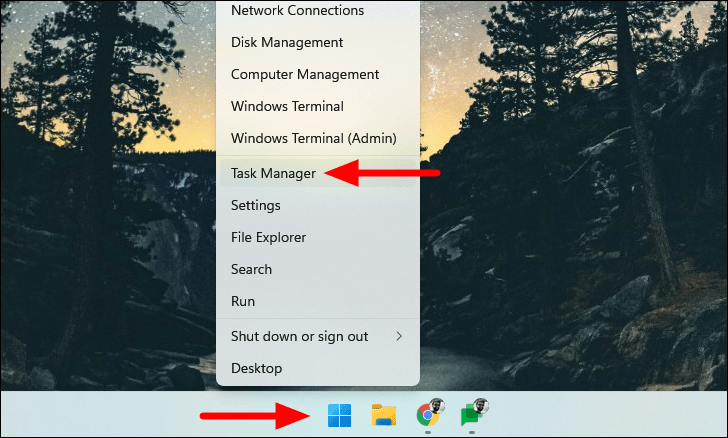
Next, select the unwanted apps or background processes that are consuming a lot of resources, and click on ‘End Task’ at the bottom.
Note: Ensure that you do not terminate critical background processes or services as it might adversely affect your system’s performance.

Terminating the unwanted apps and background processes will considerably boost the system’s performance.
4. Disable Startup Programs
If there are a lot of programs that load at startup, it affects the boot speed of Windows and subsequently slows the system. It’s recommended that you keep that startup programs to a minimum and only add the critical ones.
To disable startup programs, launch the Task Manager as discussed earlier, and navigate to the ‘Startup’ tab from the top.
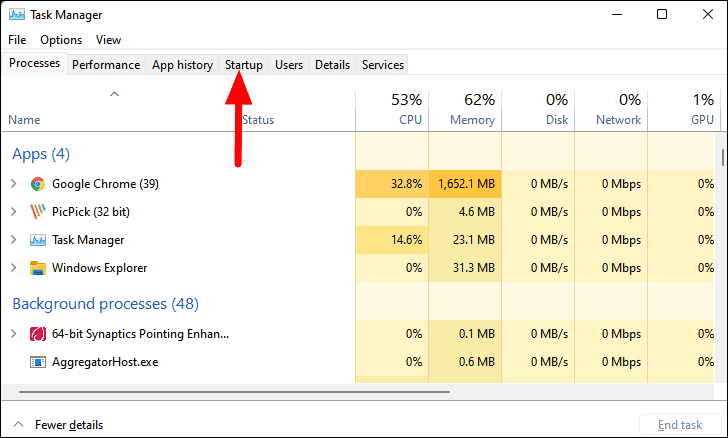
Next, select the program that you want to disable from loading at startup, and click on ‘Disable’ at the bottom.

Similarly, disable the other unwanted programs as well to boost the PC speed.
5. Change the Power Plan
The power plan plays a major role in the performance and speed of the system. Changing it to ‘High Performance’ can considerably enhance the performance, although the system is likely to run of power sooner than before. That’s a sacrifice you will have to make.
To change the power plan, search for ‘Control Panel’ in the ‘Search’ menu, and click on the relevant search result to launch it.
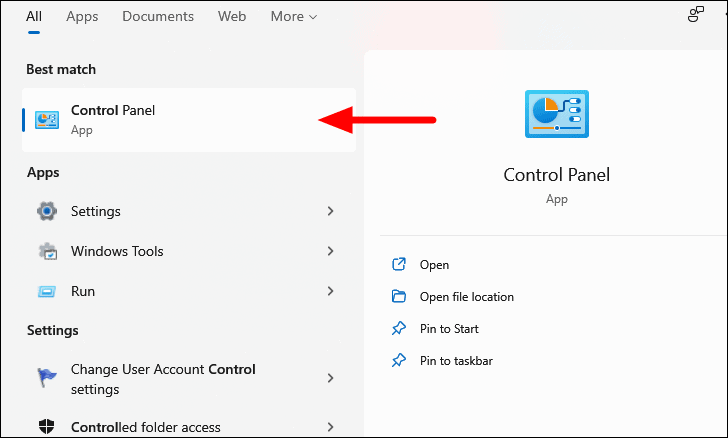
Next, click on the ‘View by’ drop-down menu and select ‘Large icons’ from the list of options.
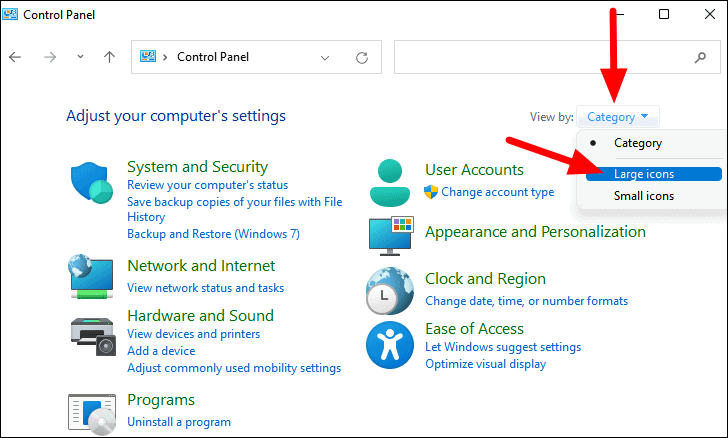
Next, locate and select ‘Power Options’.
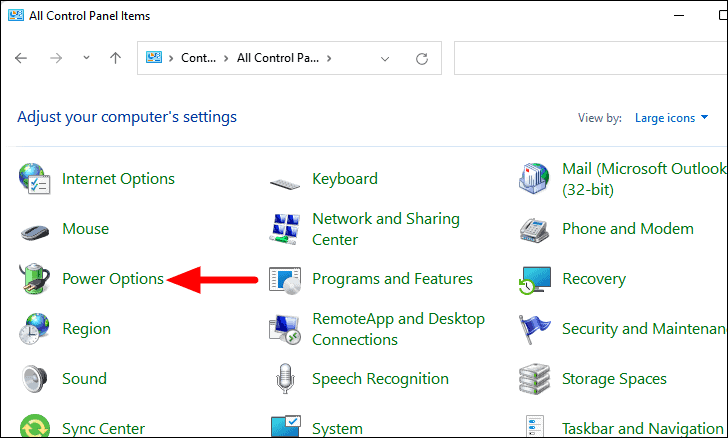
You will now find the current power plan listed here. Click on ‘Show additional plans’ under it.
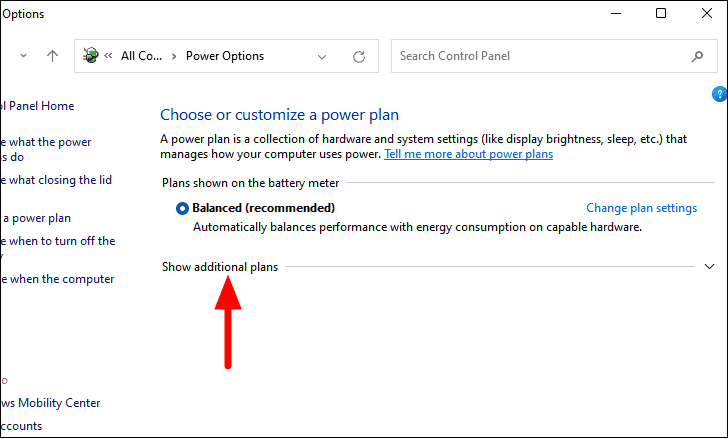
Next, tick the checkbox for ‘High performance’ to select the power plan.
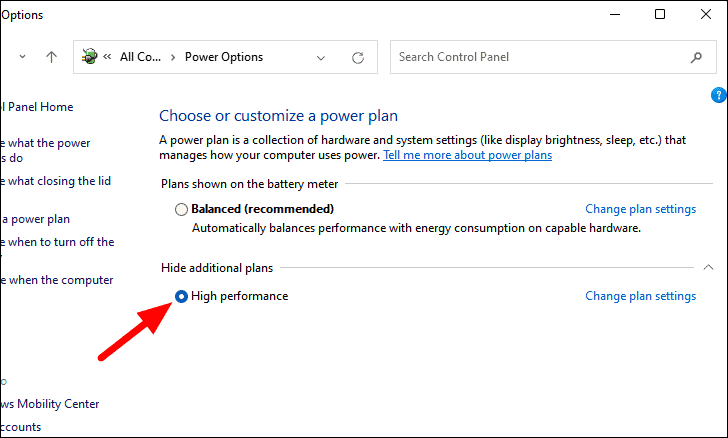
This will enhance the system’s performance.
6. Free Up Disk Space
A system running low on storage space will slow down. If that’s the case with your system, simply follow these methods to clear the unwanted files from your PC.
Delete Temporary Files
While executing tasks, certain apps create temporary files which can take up considerable storage space if not cleared regularly. These files should ideally be deleted by the apps after the task is completed but that’s not always the case. Hence, you should periodically delete them to enhance system performance.
To clear temporary files, press WINDOWS + R to launch the ‘Run’ command, types ‘%temp%’ in the text field, and either click on ‘OK’ or press ENTER to open the folder with the temporary files.

In the ‘Temp’ folder that launches, press CTRL + A to select all the files, and then right-click on any of the files and select the ‘Delete’ icon in the context menu to delete the files.

You might be required to provide administrator permissions to delete some of the files. If that’s the case, tick the checkbox for ‘Do this for all current items’, and click on ‘Continue’ to delete all such files.

After the temporary files are deleted, navigate to the desktop, right-click on ‘Recycle Bin’, and select ‘Empty Recycle Bin’ from the context menu. This will remove the files from the system.
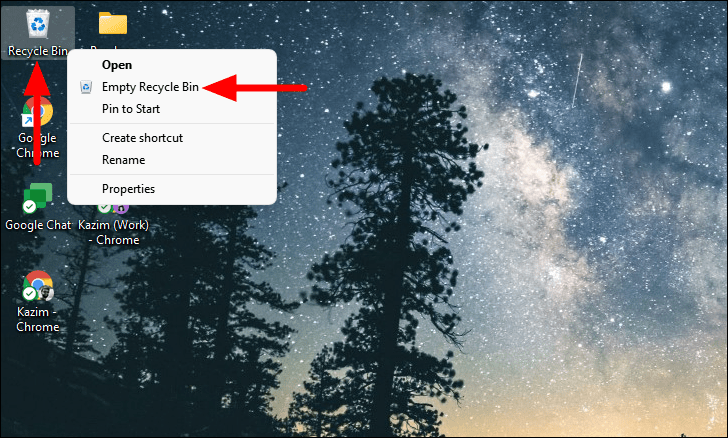
After clearing the temporary files, some storage space will be cleared, and subsequently, your system performance will be improved.
Run Disk Cleanup
Disk Cleanup is a built-in app that scans the drive for temporary files and lists them. You can then easily delete such files. This is a quick way of clearing a large number of temporary files or the ones that are not needed anymore.
To free up disk space via the Disk Cleanup app, search for ‘Disk Cleanup’ in the ‘Search’ menu, and click on the relevant search result to launch the app.
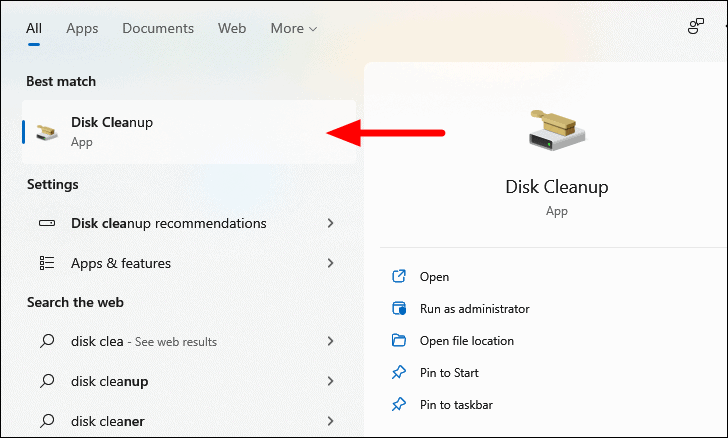
First, you will be asked to select the drive you want to clean. Select the drive from the ‘Drives’ drop-down menu and click on ‘OK’ to proceed.
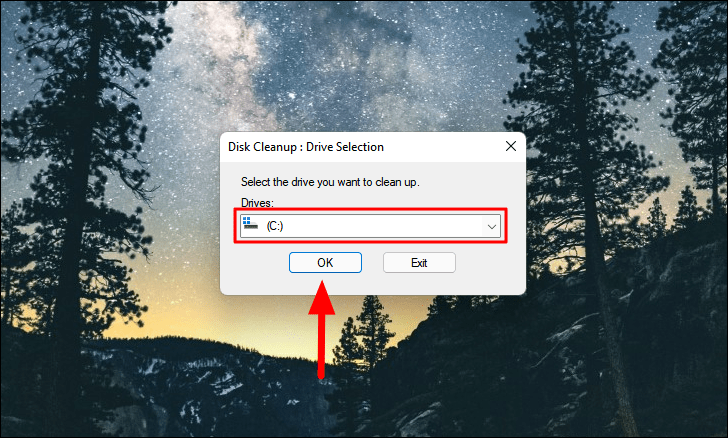
It will now scan the selected drive for files that can be deleted and list them under various categories. Tick the checkbox next to the ones that you want to delete and click on ‘OK’ at the bottom. Also, the space that will be cleared will be mentioned next to ‘Total amount of disk space you gain’.

Click on ‘Delete Files’ in the confirmation box that appears.

You can also delete the system files via the ‘Disk Cleanup’.
To delete the System File, instead of clicking on ‘OK’ earlier, select ‘Clean up system files’.

Next, select the ‘Drive’ that you want to scan for system files.

Disk Cleanup will now scan the selected drive for unwanted files that can be deleted. Tick the checkbox next to the ones that you want to delete, and click on ‘OK’ at the bottom.
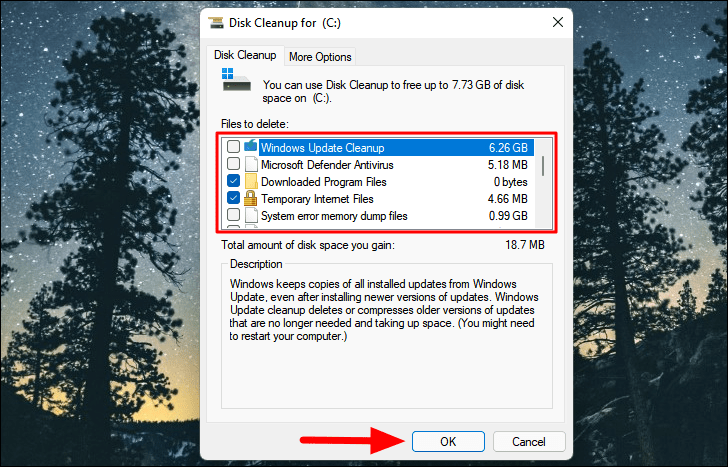
Finally, click on ‘Delete Files’ in the confirmation box that pops up.

Automatically Delete Unwanted Files with Storage Sense
Storage Sense, a feature offered by Windows, facilitates the automatic deletion of unwanted files. You can set up the feature and not worry about deleting the files periodically.
To set up Storage Sense, right-click on the ‘Start’ icon in the Taskbar or press WINDOWS + X to launch the Quick Access menu, and select ‘Settings’. Alternatively, you can press WINDOWS + I to directly launch the ‘Settings’ app.

In the ‘System’ tab, select ‘Storage’ on the right.
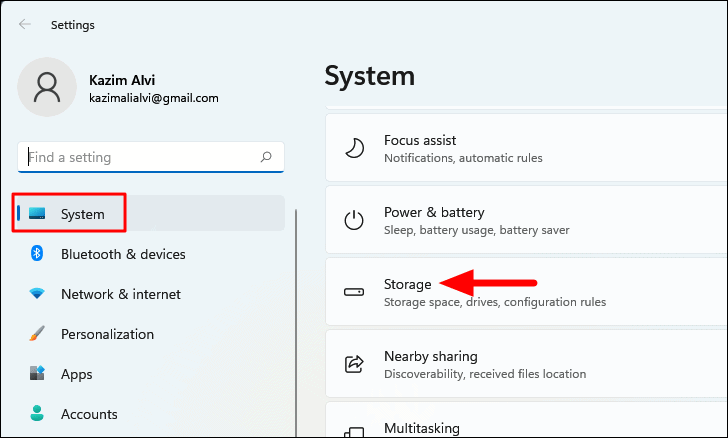
Next, click on ‘Storage Sense’ under ‘Storage management’.

Now, click on the toggle under ‘Automatic User content cleanup’ to enable Storage Sense.

You can also configure the cleanup schedule by selecting the desired option from the three drop-down menus.

If you want to clear the unwanted files right away, scroll down to the bottom and select ‘Run Storage Sense now’. It will now delete the temporary files on your system.

You can easily clear up the disk space with the first two methods while the third will ensure automatic regular cleanup.
7. Disable Animations
The animations or visual effects offered by Windows too appear to affect its performance and slow down the system. Hence, it’s recommended that you disable certain animations which are not relevant to boost the speed.
To disable animations or visual effects, search for ‘View advanced system settings’ in the ‘Search’ menu, and then click on the relevant search result.

Next, click on ‘Settings’ under the ‘Performance’ section.

Now, select ‘Custom’ and untick the checkboxes for the animations or visual effects that you would like to disable. Once done with the selection, click on ‘OK’ at the bottom to apply the changes.

8. Run Malware Scan
A system infected with malware or virus will also start to lag and slow down. Running a malware scan with Windows Security app will help identify if it’s a virus or malware that’s slowing down your system. If one is found, it will be adequately dealt with.
To run a malware scan, search for ‘Windows Security’ in the ‘Search’ menu, and click on the relevant search result to launch the app.
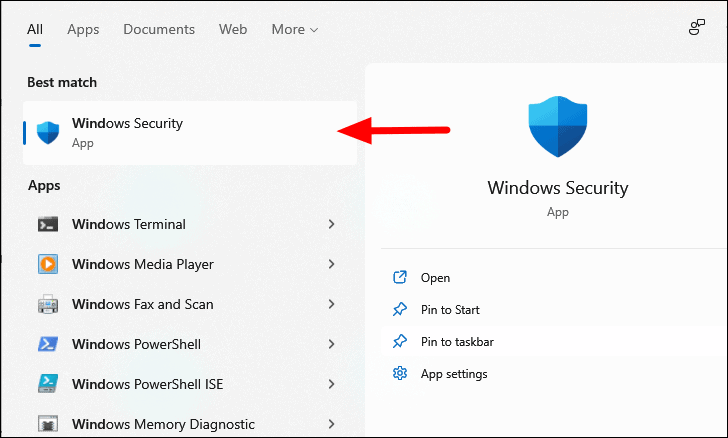
In the Windows Security app, click on the ‘Virus & threat protection’ option.

Next, click on ‘Scan options’ to view the other types of scans available.

Now, select the ‘Full scan’ option and finally click on ‘Scan now’ at the bottom to start the scan.
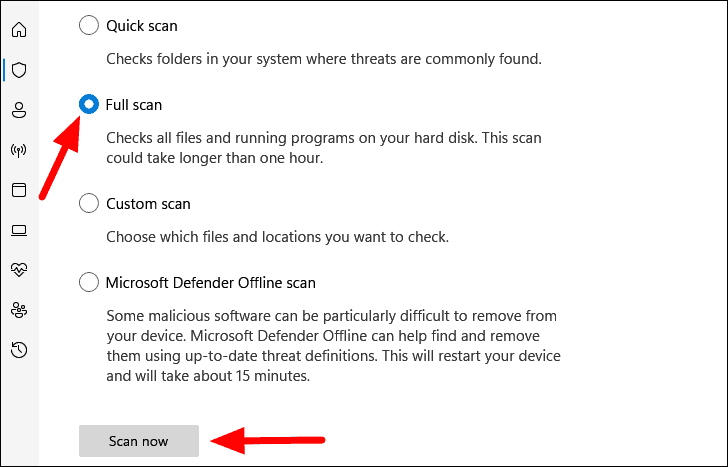
It will take some time for the scan to complete. In the meantime, you can continue working on the system. After the scan is completed, you will be informed of any malicious files or viruses that are detected and the action taken.
9. Defragment Hard Drive
Fragmentation here refers to the distribution of files far apart on the hard drive instead of being saved close to each other. In this case, it takes Windows a bit longer to locate the files, thus affecting the system speed. Fragmentation of data happens over time when you regularly access the files are make changes to them.
Although Windows defragments hard drive from time to time, you may manually do it in order to optimize system performance right away.
Note: If you are using an SSD (Solid State Drive), skip this step, since these don’t require to be defragmented.
To defragment the hard drive, search for ‘Defragment and Optimize Drives’ in the ‘Search’ menu, and click on the relevant search result to launch the app.
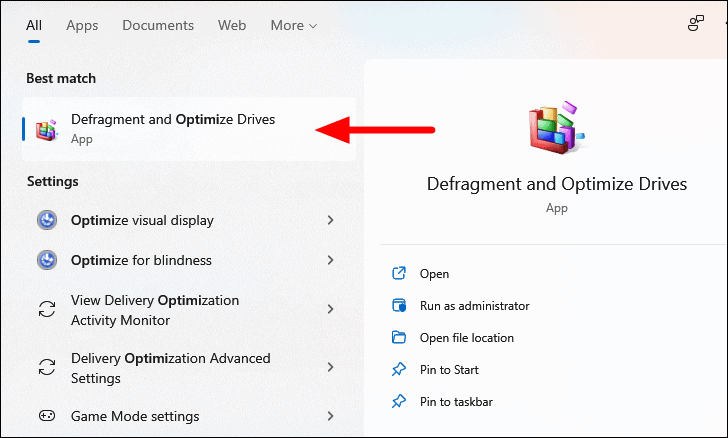
Now, select the drive that you want to defragment and click on ‘Analyze’ at the bottom to check the current fragmented status.
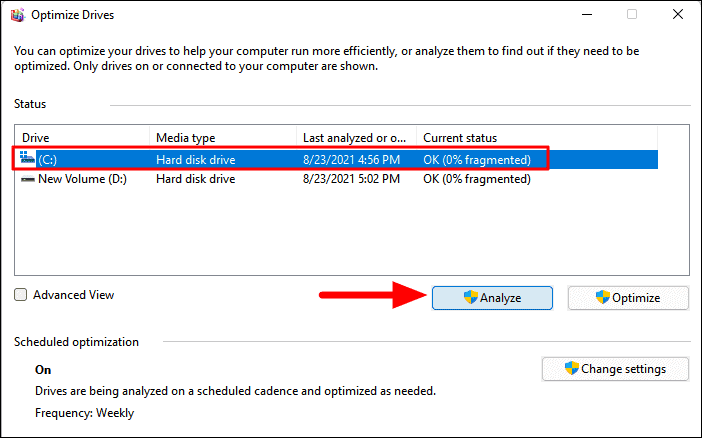
Once it’s done analyzing, the status will be listed under the ‘Current status’ column.
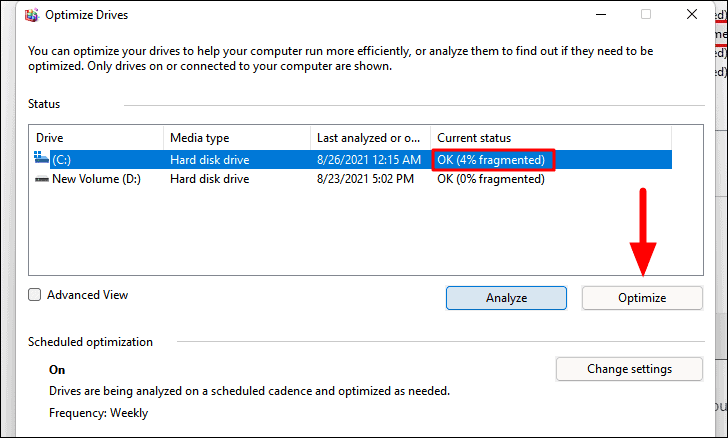
It will then analyze the drive, relocate the data, defragment it, and finally consolidate it.

Once it’s done check for fragmentation on the hard drives and defragment them as well. You should now notice a minor boost to your system’s performance.
10. Update Windows to the Latest Version
It’s recommended that you keep your system up to date with the latest Windows version. With each update, Microsoft releases a bunch of new features along with bug fixes that can enhance the system’s speed.
To update Windows, launch the ‘Settings’ app as discussed earlier, and click on the ‘Windows Update’ tab on the left.
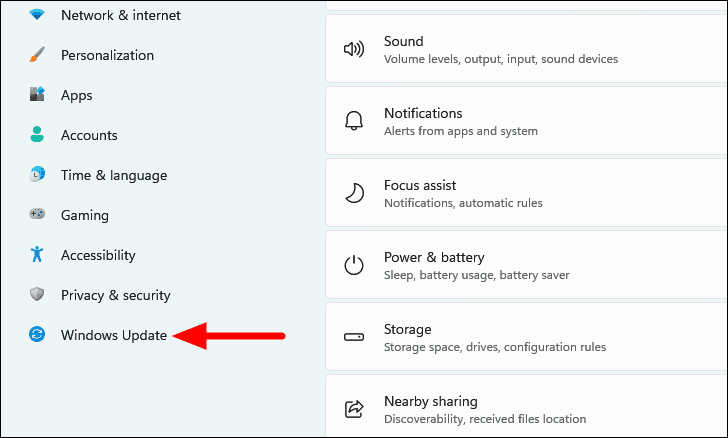
Next, click on ‘Check for updates’ on the right to look for any available Windows Updates. If any are available, they will be downloaded and installed on the system.
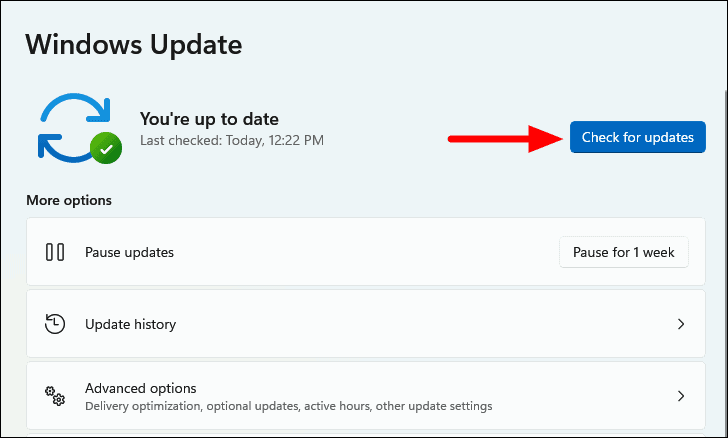
After the update, you will notice the system performance to boost a little. However, it may also be counterproductive in which case you will have to uninstall the Windows update.
11. Increase Page File/Virtual Memory
The page file is a virtual memory used by the system to temporarily store program files, in case the RAM (Random Access Memory) is running full or the said program has been inactive for a while. This boosts the system’s performance and speed. One thing you must know is that loading a program from the hard drive/page file takes longer than loading it from the RAM. All of this can be understood by a simple example.
Say, you have multiple files open and the RAM starts to fill up. Now, instead of terminating programs, the system will move the less active ones from the RAM to the page file. You may have noticed a program taking longer than usual when you maximize it after having it minimized for a long time. This is because it’s loaded from the page file.
Although Windows generally takes care of the page file, you may manually increase it in case the system lags or slows down.
Note: Never move the page file from SSD (Solid State Drive) to HDD (Hard Disk Drive), since SSD is comparatively faster, and moving it to HDD might slow down the system rather than boosting its speed.
To increase the page file, search for ‘View advanced system settings’ in the ‘Search’ menu, and click on the relevant search result to launch the app.
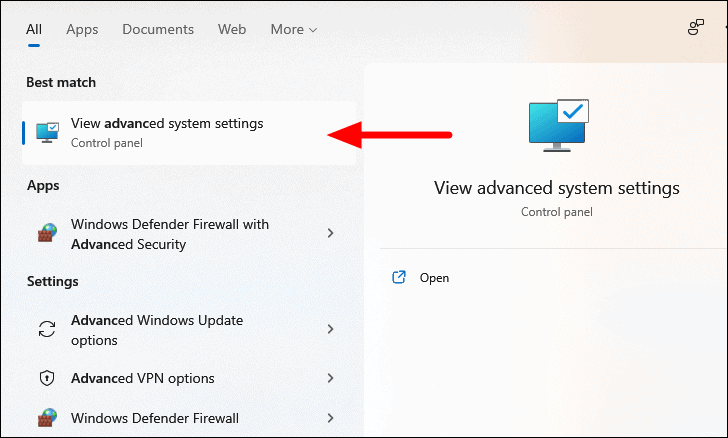
In the ‘Advance’ tab of ‘System Properties’ that opens by default, click on ‘Settings’ under ‘Performance’.
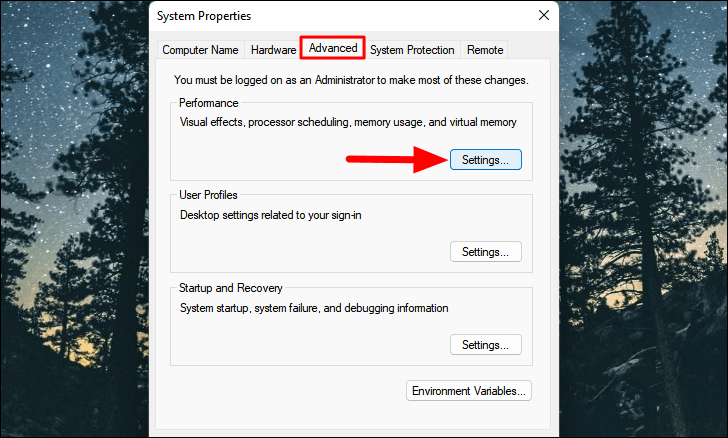
In the ‘Performance Options’ window, navigate to the ‘Advanced’ tab.
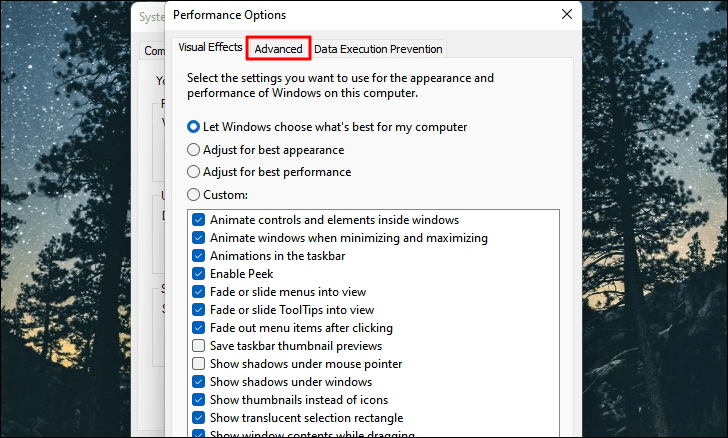
Next, click on ‘Change’ under ‘Virtual Memory’.
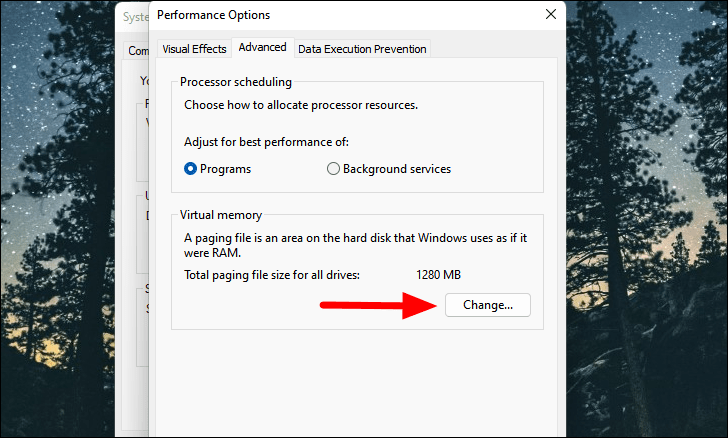
You will notice the various options to be greyed out. It’s because Windows is currently managing the page file. To make changes to the page file, uncheck the ‘Automatically manage paging file size for all drives’ option.

Next, select the ‘C:’ drive, the one where the page file is currently stored, check the ‘No paging file’ option, and click on ‘Set’. This will remove the paging file from the system drive.
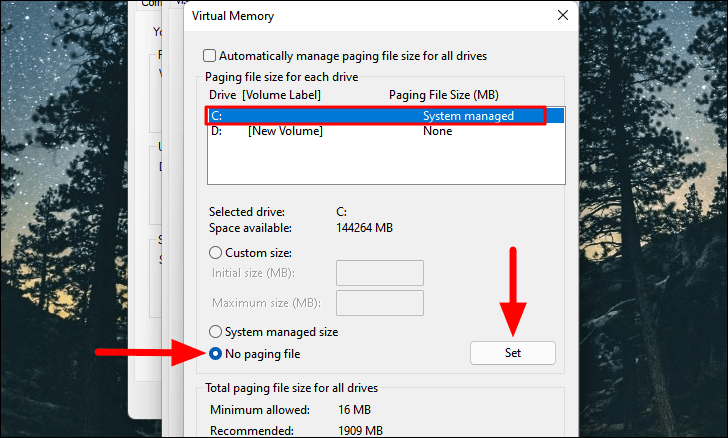
Click ‘Yes’ on the warning box that pops up.
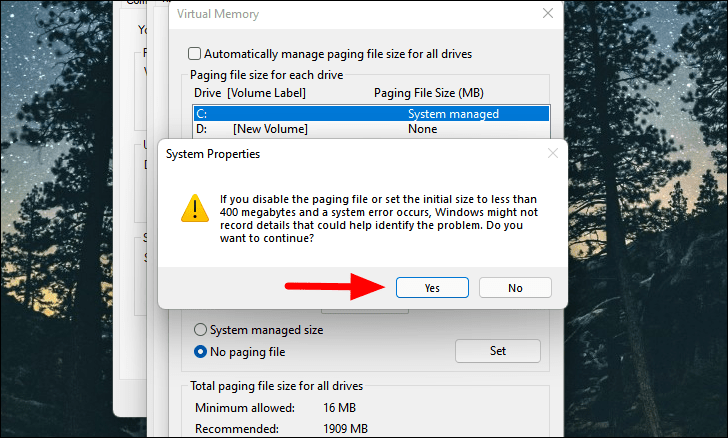
Now select a data drive, check the ‘Custom size’ option, and enter the value for the page file in the sections provided. Keep the ‘Initial size’ and ‘Maximum size’ values the same. Finally, click on ‘Set’ at the bottom to create a page file on the data drive.
Note: It’s recommended that you keep the size of the page file equal to 1.5 – 2 times that physical memory (RAM). For instance, if your system has 8 GB RAM, create a 12 – 16 GB page file. You can easily check the RAM on your system.
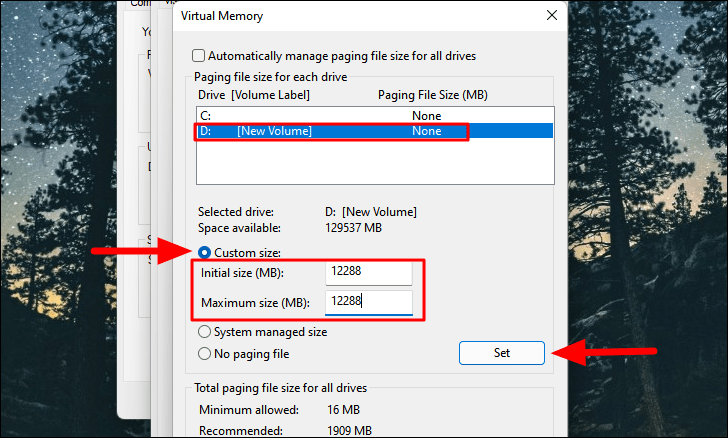
After creating the page file, click on ‘OK’ at the bottom to save the changes.
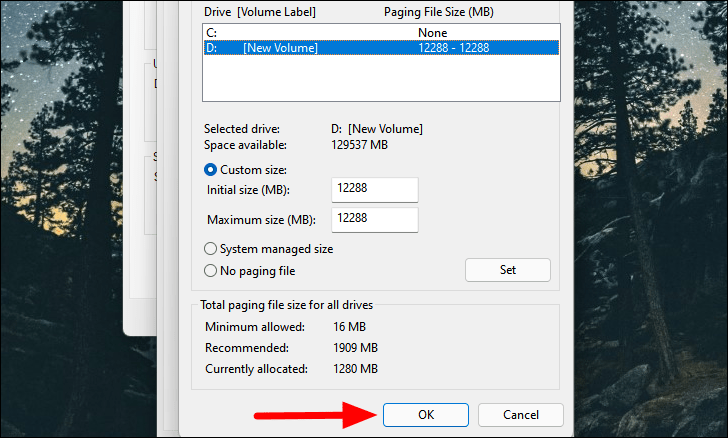
You will now be asked to restart the computer for the changes to apply. Restart it right away and you will find a sudden boost to the system’s performance even when running multiple programs.
12. Issues with Drivers
Running an older version of the driver can also cause the system to slow down. Also, Windows might have installed a fresh generic driver during an update and replaced a third-party driver that you manually installed. While in the case of the latter, you can simply update the driver, the former requires a more extensive approach of uninstalling the generic driver and then installing the one that already existed.
The display driver is the most critical when it comes to the performance and speed of the system, hence we will take it up in the following sections. After you understand the process and the concept, you can try it with other drivers as well.
Update Driver
There are basically three ways to update a driver, Device Manager, Windows Update, and manually downloading and installing one from the manufacturer’s website. We will walk you through each of the methods.
Let’s first see how you can update the driver via the Device Manager.
To update the driver, search for ‘Device Manager’ in the ‘Search’ menu, and click on the relevant search result to launch it.
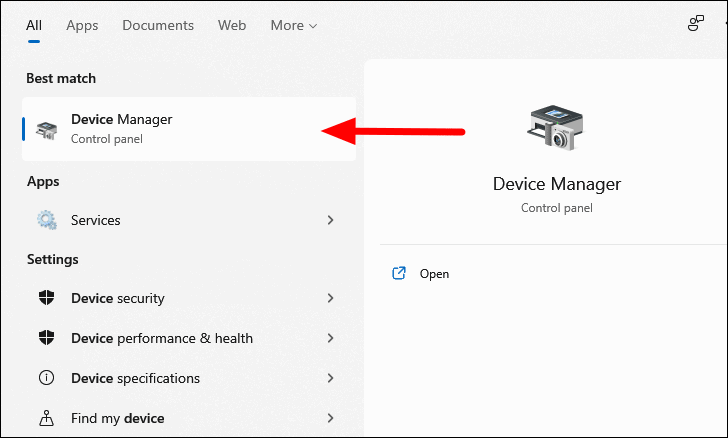
Now, locate ‘Display adapters’ and double-click on it to view the available adapter. Next, right-click on the adapter, and select ‘Update driver’ from the context menu.
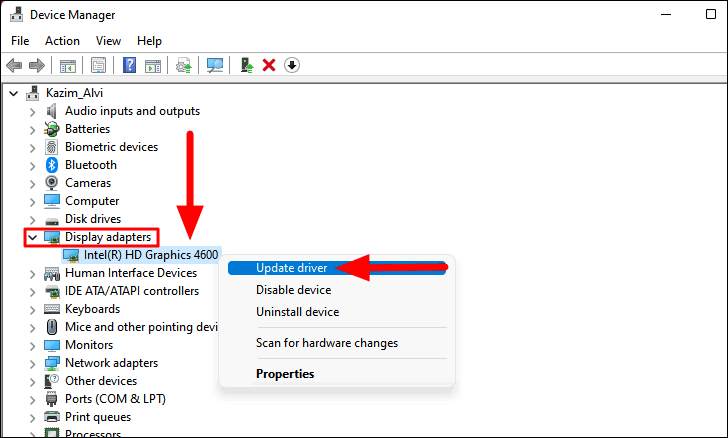
You will now be presented with two options, either to let Windows search for the best available driver on the system or locate and install one manually. It’s recommended that you select the first option, i.e., ‘Search automatically for drivers’.

If Windows couldn’t find a better driver on the system, it doesn’t necessarily indicate that one is not available. There still might be one in Windows Update.
Let’s see how you can install and update drivers via Windows Update.
To update the driver, launch the ‘Settings’ app by pressing WINDOWS + I, and select the ‘Windows Update’ tab from the left.

Next, click on ‘Advanced options’ on the right under ‘More options’.

You will now find several options listed here to customize the update settings. Click on ‘Optional updates’ under ‘Additional options’.
Note: You can view if an update is available next to the ‘Optional updates’. If none is available, you can skip this method and jump to the next one.
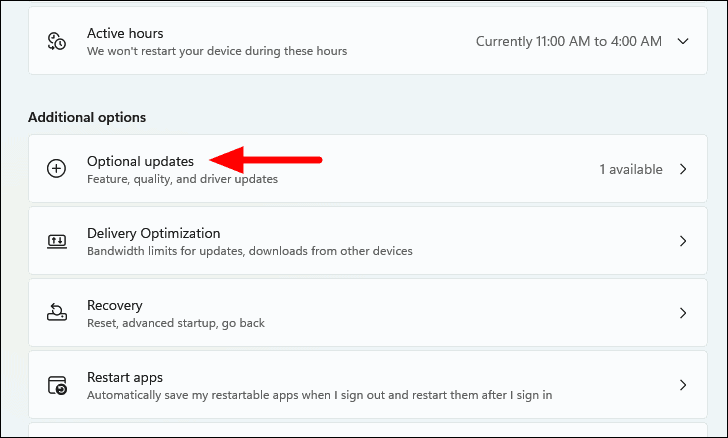
Now, click on ‘Driver updates’ to view the available ones.
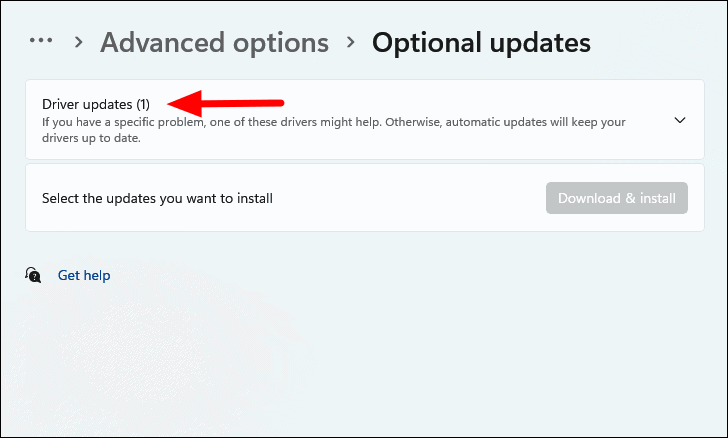
All the available driver updates will now be listed, tick the checkbox for the one pertaining to the display adapter and click on ‘Download & install’.

If prompted, restart the computer for the changes to apply.
In case, you couldn’t find a driver update in the Windows Update section, you can still look up updates on the manufacturer’s website. Driver updates are only available through ‘Windows Update’ if the manufacturer submits them to Micorosft. However, many manufacturers upload these updates to their official website for the users to download. Our last resort is to check for updates on the manufacturer’s website.
Let’s see how you can download and install driver update from the manufacturer’s website.
Before you head to the manufacturer’s website to download the latest driver update, it’s imperative to identify the current driver version. To do that, right-click on the display adapter in the Device Manager, and select ‘Properties’ from the context menu.
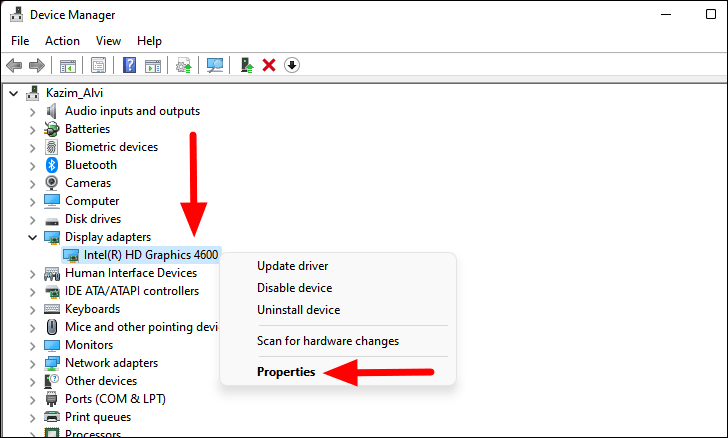
In the Properties window, navigate to the ‘Driver’ tab and jot down the driver version.

Now go to Google or any other search engine of your preference and search for the driver update using ‘Manufacturer’s Name’, ‘OS’, and ‘Driver Name’. Locate and select the manufacturer’s official website from the search results and verify if there is an update available using the driver version you noted down earlier.
If there’s an update available, download it. Now, navigate to the folder where the driver update file is download and double-click on it to launch the installer. Next, follow the on-screen instructions to complete the installation process.
You should now have the latest drivers installed.
Uninstalling the Generic Driver and Reinstalling the Desired One
If you believe that it’s the generic driver that slowing down your system after an update, you can easily reinstall the desired one. Since you had already been using a third-party driver, we believe it’s safe to assume that you are acquainted with the installation process. Hence, will just take up the process to uninstall the driver and you can reinstall the desired one after that.
To uninstall the driver, right-click on the device in the ‘Device Manager’ and select ‘Uninstall Device’ from the context menu.
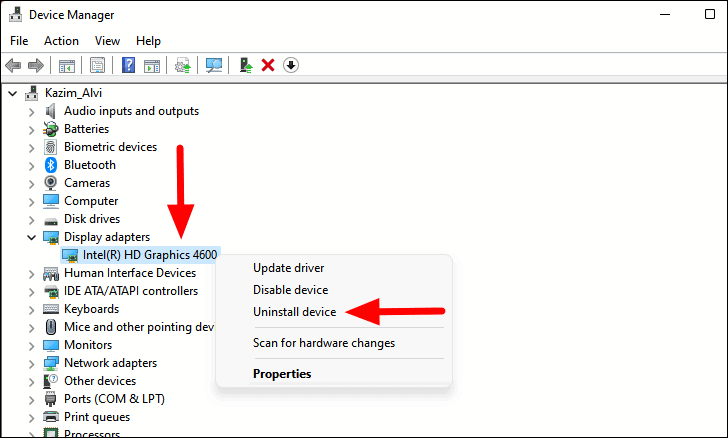
In the warning box that pops up, select the checkbox for ‘Attempt to remove the driver for this device’, and click on ‘Uninstall’ at the bottom.
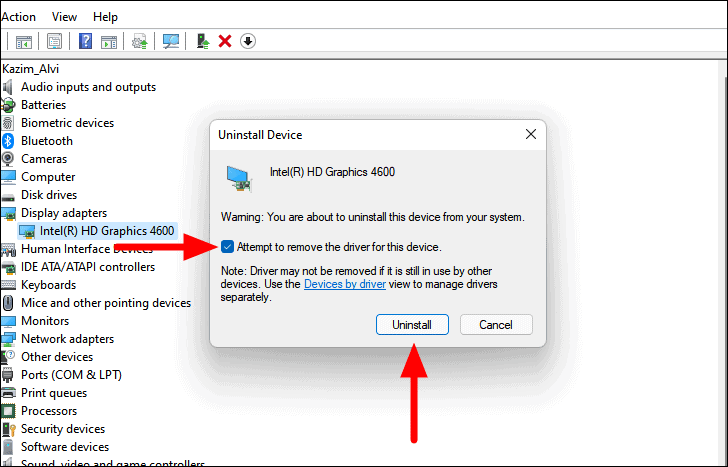
You can now install the desired driver for the device. Refer to the manually updating driver method in the last section for help with driver download and installation, if required. Also, if you are unable to find the desired driver, simply restart the computer and Windows will automatically reinstall the last installed driver.
13. Uninstall Programs that You Don’t Use Anymore
If you have way too many programs installed on the computer, it’s likely to fill up the disk space apart from hogging the system resources in case they are set to load at startup. While we have already discussed how to disable programs from loading at startup, let’s now see how you can uninstall the ones that you don’t require anymore.
To uninstall a program, press WINDOWS + R to launch the ‘Run’ command, type ‘appwiz.cpl’ in the text field, and either click on ‘OK’ at the bottom press ENTER to launch the ‘Programs and Features’ window.
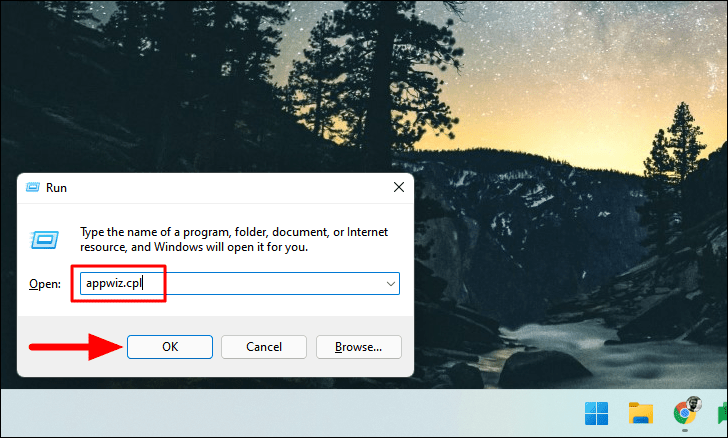
You will now have the list of programs installed on the computer. Select the one that you want to remove and click on ‘Uninstall’.

Choose the appropriate response in case a confirmation box pops up.
14. Keep Browser Extensions to the Minimum
If you have a lot of browser extensions installed, it too might lead to a slow down of the system. For those who spend a lot of time on the browser, too many extensions can hog the memory and affect productivity. Therefore it’s recommended that you uninstall the extensions which are not required anymore.
The process to remove extensions is similar for most browsers, hence we will take up the case for Chrome, Edge, and Firefox. With an understanding of the concept and the process, you will be able to uninstall extensions for all the other browsers.
Google Chrome
To uninstall extensions on Chrome, click on the ‘Extensions icon near the top-right corner, and select ‘Manage Extensions’ from the menu that appears.
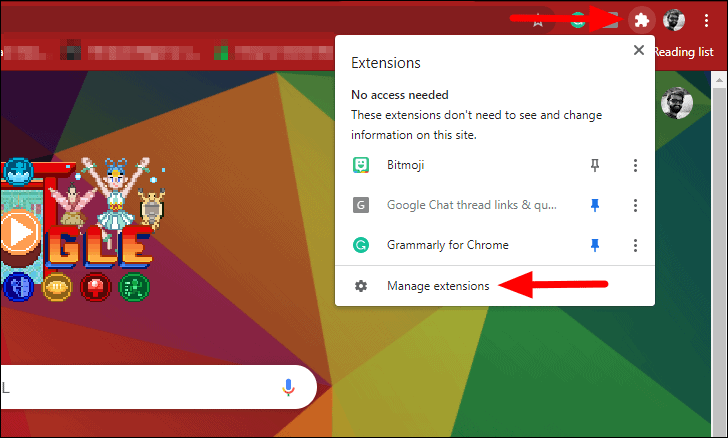
Now, click ‘Remove’ under the extension that you want to remove.

Finally, click on ‘Remove’ in the confirmation box that appears to uninstall the extension.
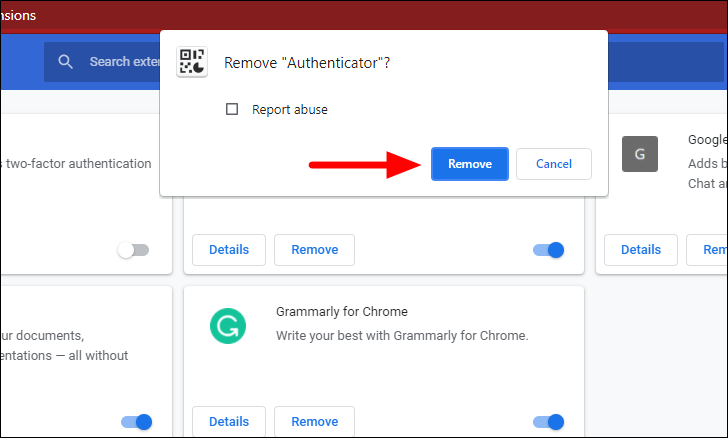
Microsoft Edge
To uninstall extensions in Edge, click on the ‘Extensions’ icon next to the address bar at the top, and select ‘Manage Extensions’ from the menu.
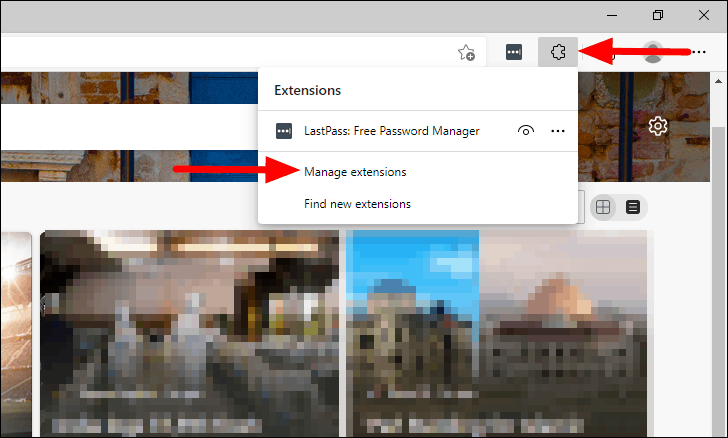
Next, click on ‘Remove’ under the extension that you want to uninstall.
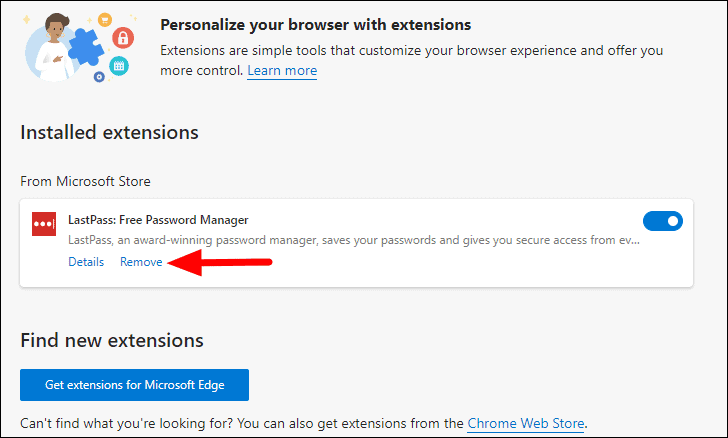
Finally, click on ‘Remove’ in the confirmation box that pops up at the top.

Mozilla Firefox
To uninstall an extension in Firefox, click on the ‘Application Menu’ option that resembles the hamburger icon near the top-right corner.

Next, select ‘Settings’ from the list of options in the menu.
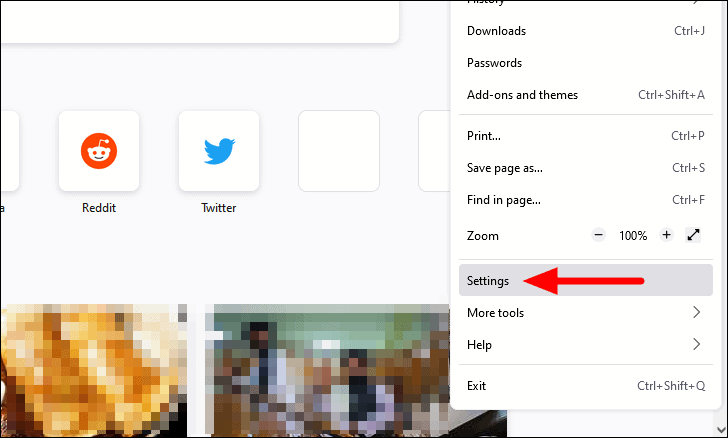
Now, click on ‘Extensions & Themes’ near the bottom-left corner.

All the extensions added to Firefox will be listed here. Click on the ellipsis next to the one that you want to uninstall, and select ‘Remove’ from the menu.
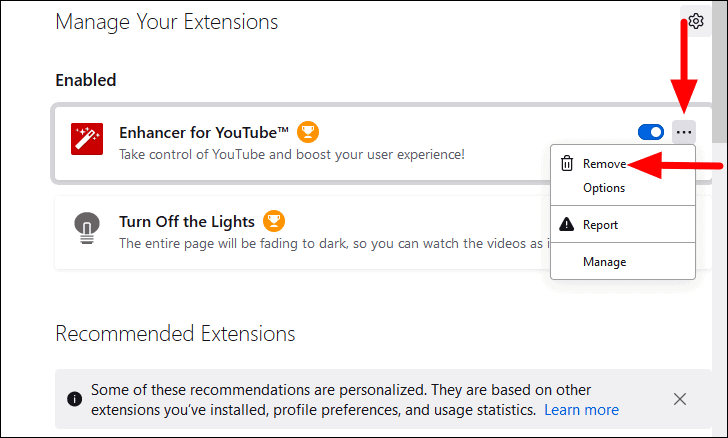
Finally, click on ‘Remove’ in the confirmation box that pops up at the top.
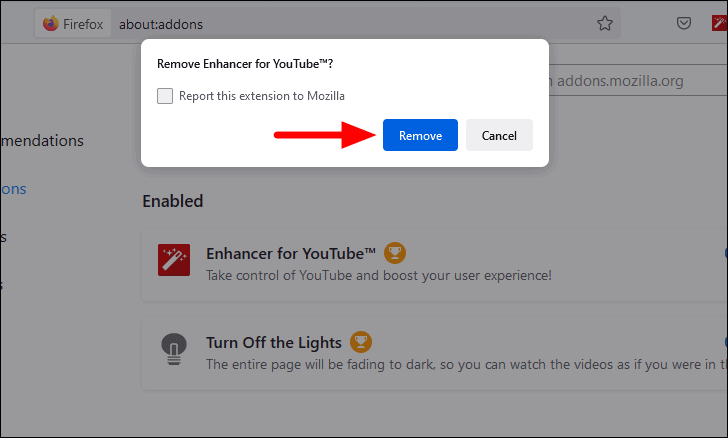
15. Increase the Physical Memory or RAM
We have by now seen all the possible software modifications that you can make to boost system performance and speed. But, all these won’t be of much aid if your system is running low on RAM. Hence, it’s recommended that you have the maximum RAM that can be supported or atleast a decent amount installed on the PC.
You can identify the maximum RAM supported by your PC from the manual that came along with it or by looking up your model on the manufacturer’s website. RAMs are pretty cheap these days and it wouldn’t cost you a lot to increase one. Also, given the boost it’s going to provide to the performance and speed, investing in the RAM is a wise choice.
When upgrading the RAM, we recommend that you consult a professional or visit the service center to get it installed, since it’s an intricate process.
With the above methods, you can easily boost the speed and performance of the system without having to alter too many settings or make critical changes. If these don’t work, you can always go with the last method and increase the RAM installed on the system.

